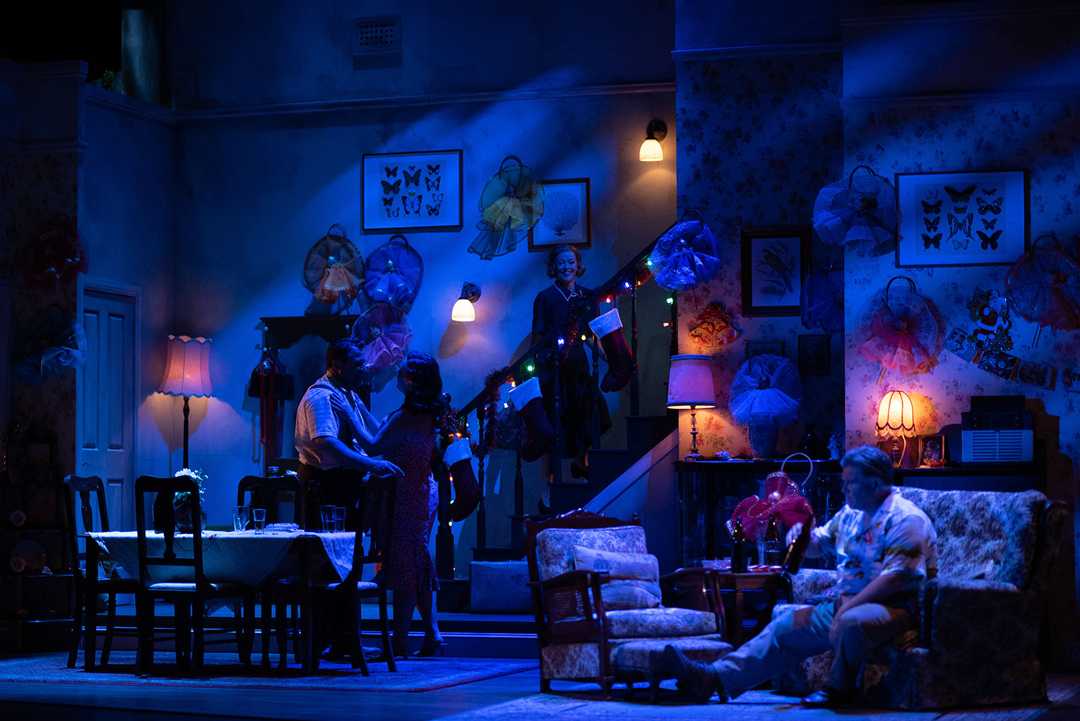Robe features in Summer of the 17th Doll
- Details

The State Opera of South Australia’s production of Australian drama Summer of the 17th Doll was the first show to utilise the new facilities in the 1467-seat main auditorium – which includes the 24 new Robe moving lights, 12 of each type.
The Summer of the 17th Doll action is set in the Melbourne suburb of Carlton in 1953, focussing on the lives of six central characters.
Director Joseph Mitchell already had some very clear ideas for how he wanted the production to look and feel, so Trudy and set designer Simone Romaniuk worked closely to evoke the ambience and period feel of the piece.
“The whole process was collaborative and open,” commented Trudy. “Much of the time I come into a show with the set already under construction and little or no input into the real estate I might need for my rig, so Simone was wonderful to work with and very inclusive.”
The biggest challenge for Trudy in lighting the piece was the three-sided box making up the set which was an “amazingly naturalistic” replication of the semi in Carlton, she explained, however the actor’s constant proximity to doors, walls, and other scenic elements made it extremely difficult to light neatly with front or side positioned fixtures.
Joseph paid meticulous attention to detail as she crafted front and side angled long moves with window and other gobos using the Robe moving lights. “It was extremely tricky to get the timing right, but this also presented lots of fun challenges which is why it’s great to work in theatre,” she stated.
Ten of the T1 Fresnels were positioned on the overhead bars, five used for back light and five on LX1 for general area wash lighting and specials. Trudy used wash lights in a similar way to how you might use a PC unit in a theatre, for covering tight areas and for illuminating actors when the rear lighting is in a coloured wash.
The T1 Profiles were primarily deployed FOH. Two were rigged on the front of the dress circle to texture the set, two were on the proscenium box boom positions either side giving some high side lighting, with two on the bridge in an ‘advance’ position for front specials and a further two on LX1, were used for additional texturing and specials.
Custom gobos in the T1 Profiles created the specific window shapes that the director wanted for the between-scene transitions to depict time passing, with the gobos moving super slowly and subtly as the day progressed.
The T1s and all the other lights in the house rig which were used for the performance were run via Her Majesty’s Gio console. Programmer Cameron Lane and head LX Rick Worringham were both supplied to the production by the venue’s operators, Adelaide Festival Trust and Trudy had a great time working alongside them.

















